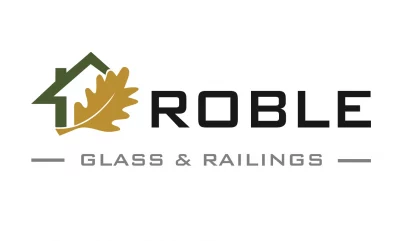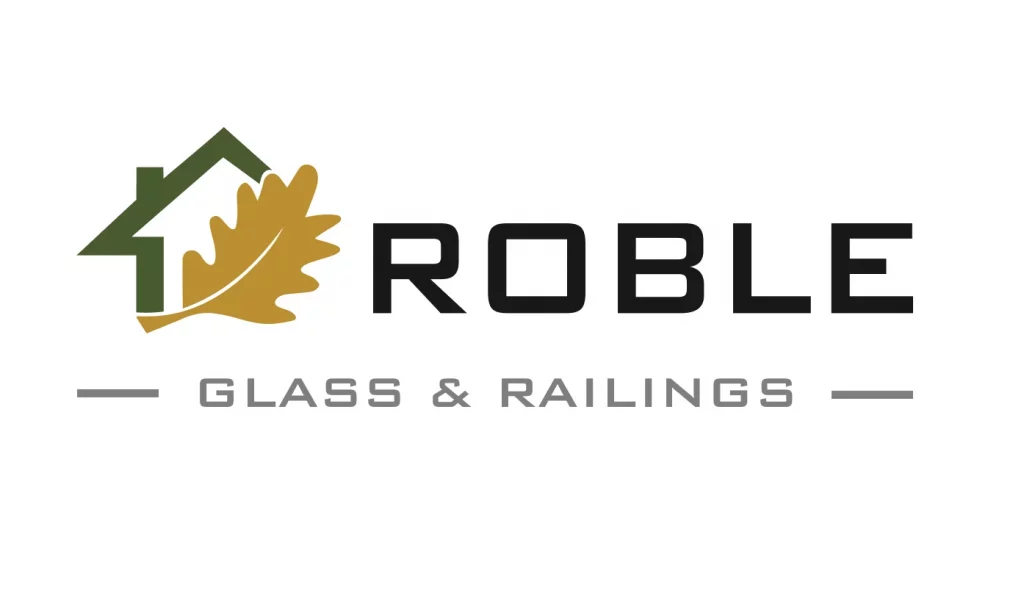
Understanding the Ontario Building Code Regulations for Glass Railing Systems: A Comprehensive Guide
Glass railing systems have become famous for modern homes and commercial buildings. They provide an unobstructed view, increase natural light, and create a sleek and elegant appearance. However, regarding glass railing systems, safety is of utmost importance. That’s why it’s crucial to understand the Ontario Building Code regulations for glass railing systems before installation. In this comprehensive guide, we’ll examine the Ontario Building Code regulations for glass railing systems, including their purpose, requirements, and installation guidelines.

What is the Ontario Building Code?
The Ontario Building Code (OBC) is a set of regulations that establish minimum standards for constructing and maintaining buildings in Ontario. The OBC sets out specific requirements for building materials, design, construction methods, and safety features to ensure that facilities are safe, accessible, and energy-efficient. The purpose of Ontario Building Code Regulations for Glass Railing Systems has been increasing in popularity in recent years. Still, the OBC has specific requirements for glass railing systems to ensure they are safe and comply with building standards.
The purpose of the Ontario Building Code Regulations for Glass Railing Systems is to:
- Ensure that glass railing systems are designed and installed to provide a safe environment for users.
- Ensure that the structural design of the glass railing system is adequate to withstand any loads that it may be subjected to.
- Ensure that the glass used in the railing system is of sufficient quality and thickness to prevent breakage and maintain structural integrity.
- Ensure that the glass railing system complies with the accessibility requirements of the OBC.
Requirements for Glass Railing Systems
The OBC sets out specific requirements for glass railing systems to ensure they are safe and comply with building standards. Here are some of the essential requirements:
Glass Thickness
The glass used in the railing system must be tempered or laminated and have a minimum thickness of 6mm. For exterior glass railings, the minimum thickness required is 8mm. The thickness of the glass is essential to ensure that it can withstand the loads it may be subjected to, such as wind or impact.
Glass Quality
The glass used in the railing system must be of sufficient quality to prevent breakage and maintain structural integrity. The glass must be free from visible defects like chips or cracks. The glass must also meet specific standards, such as the Canadian General Standards Board.
Height and spacing
The height of the glass railing system must be a minimum of 900mm above the walking surface. The spacing between the glass panels must be no more than 100mm to prevent children from getting their heads stuck between the boards.
Structural design
The structural design of the glass railing system must be adequate to withstand any loads it may be subjected to, such as wind or impact. The railing system must be designed by a professional engineer who is licensed to practice in Ontario.
Accessibility
The glass railing system must comply with the accessibility requirements of the OBC. It means the railing system must be designed and installed to be accessible to all users, including those with disabilities.

Installation Guidelines for Glass Railing Systems
Proper installation is critical to ensuring that a glass railing system is safe and complies with the Ontario Building Code regulations. Here are some installation guidelines:
Use a Professional: Installer Glass railing systems should be installed by a professional installer experienced in working with glass. Using a professional installer ensures that the installation is done correctly and safely.
Ensure Proper Support: The glass railing system must be appropriately supported to prevent it from collapsing or shifting. The supports should be strong enough to withstand the loads the railing may be subjected to. The installation of the supports must also comply with the OBC requirements.
Ensure Proper Fastening: The glass panels must be fastened securely to the supports to prevent them from becoming dislodged. The fastening methods used must comply with the OBC requirements.
Regular Maintenance and Inspection: Regular maintenance and inspection of the glass railing system are essential to ensure that it remains in good condition and continues to comply with the OBC requirements. Any defects or damage to the system should be repaired promptly by a professional installer.

Conclusion
Glass railing systems provide an attractive and modern design element for homes and commercial buildings, but safety is paramount. Understanding the Ontario Building Code regulations for glass railing systems is crucial for ensuring they are safe and comply with building standards. This comprehensive guide has provided an overview of the OBC regulations for glass railing systems, including their purpose, requirements, and installation guidelines.
At Roble Glass & Railings Canada, we specialize in providing customized glass railing systems for homeowners and designers in Ontario, Canada. We pride ourselves on our attention to detail, quality workmanship, and excellent customer service. To learn more about our glass railing systems or to schedule a consultation, please visit our website or contact us at 647-674-0041 or info@roblehomes.ca.
We look forward to helping you bring safety and elegance to your home.




